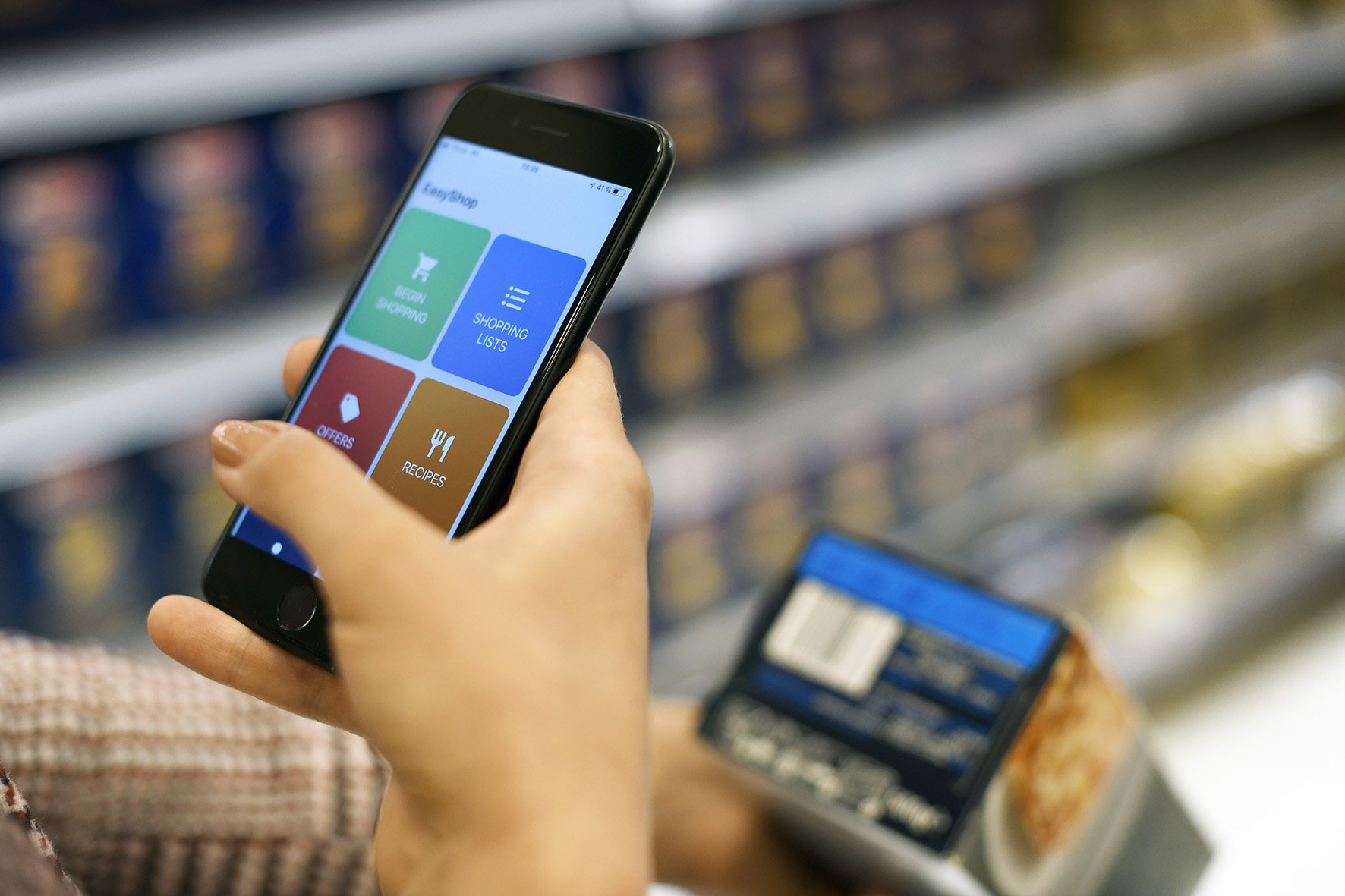
Retail articles
Dive into the world of retail - from consumer behaviour and shopping habits to articles about the latest retail innovations!
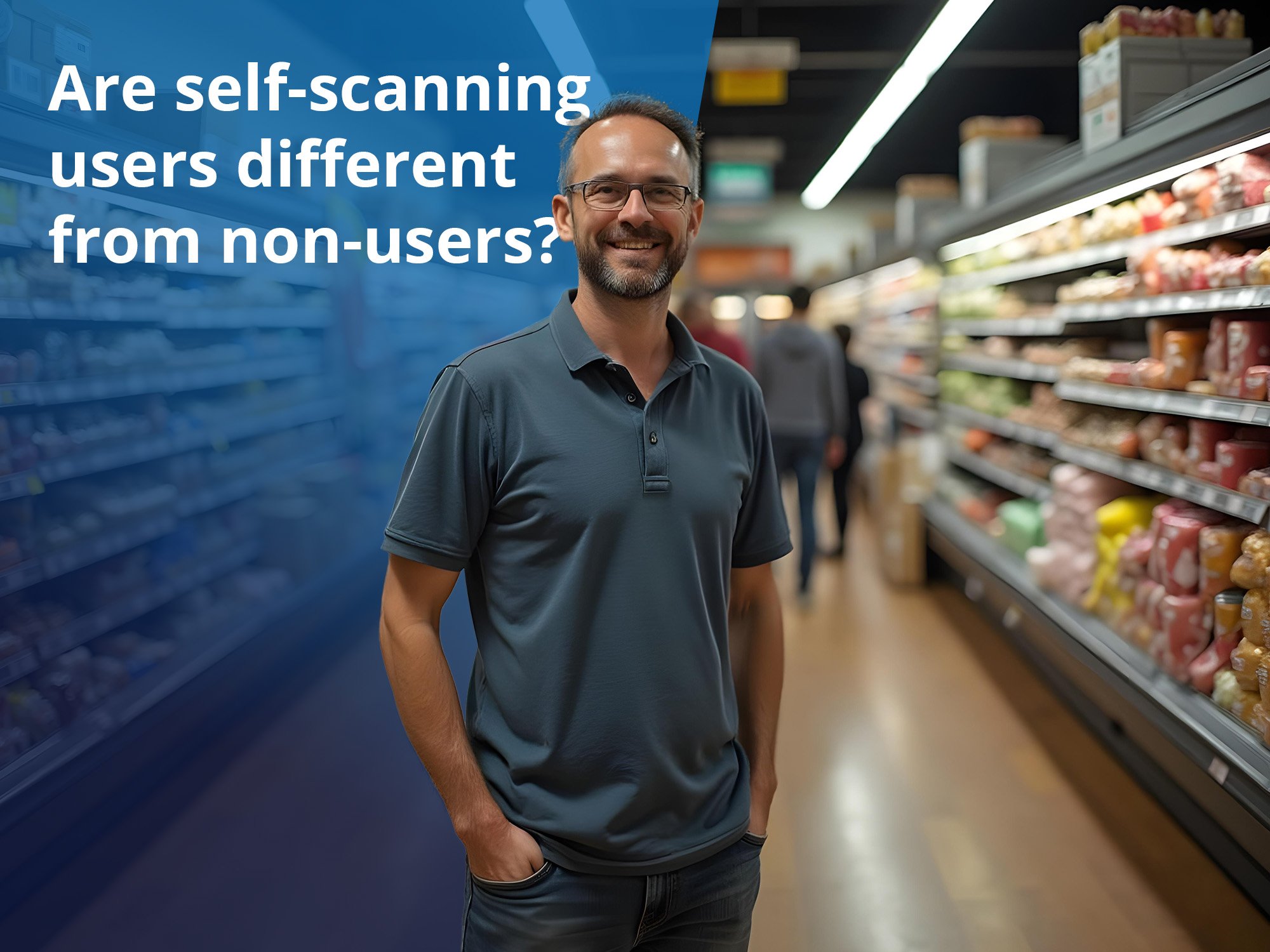
Are self-scanning users different from non-users?
Self-scanning is a self-service technology that is rapidly growing in popularity. But there seem to be an invisible wall between those who self-scan and those who do not – what is the determining factor for when to start self-scanning?

How to use scan and go
Scan and go is a must-know technology by now. As more and more retailers implement it, shoppers have great opportunities to save time and money. We’ll provide you with the know-how to navigate and make the most of this technology!
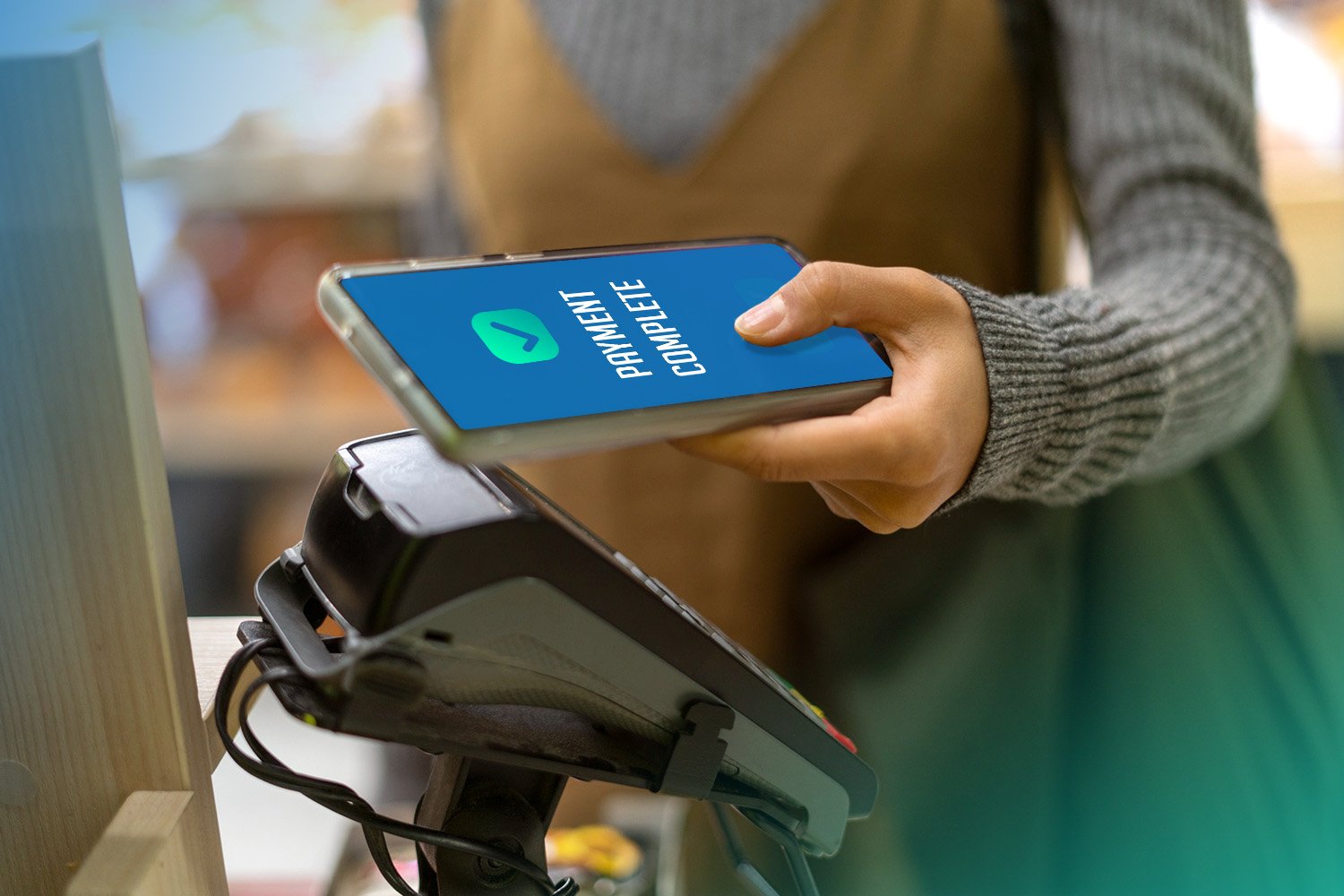
Self-scanning checkout: Opportunities and challenges
While self-scanning checkout offers several benefits compared to manual checkouts, there are still factors that retailers should consider to create the ultimate checkout experience. Learn more about self-scanning checkout here!

How to handle bad consumer habits
How can retailers handle bad consumer habits? Let’s dive into some of the bad consumer habits retailers experience and how to fix them!

How can self-scanning enhance and encourage new habits?
Building new habits can be tricky, but the pay-off is often worth it. Learn about how self-scanning can enhance and encourage new habits here!
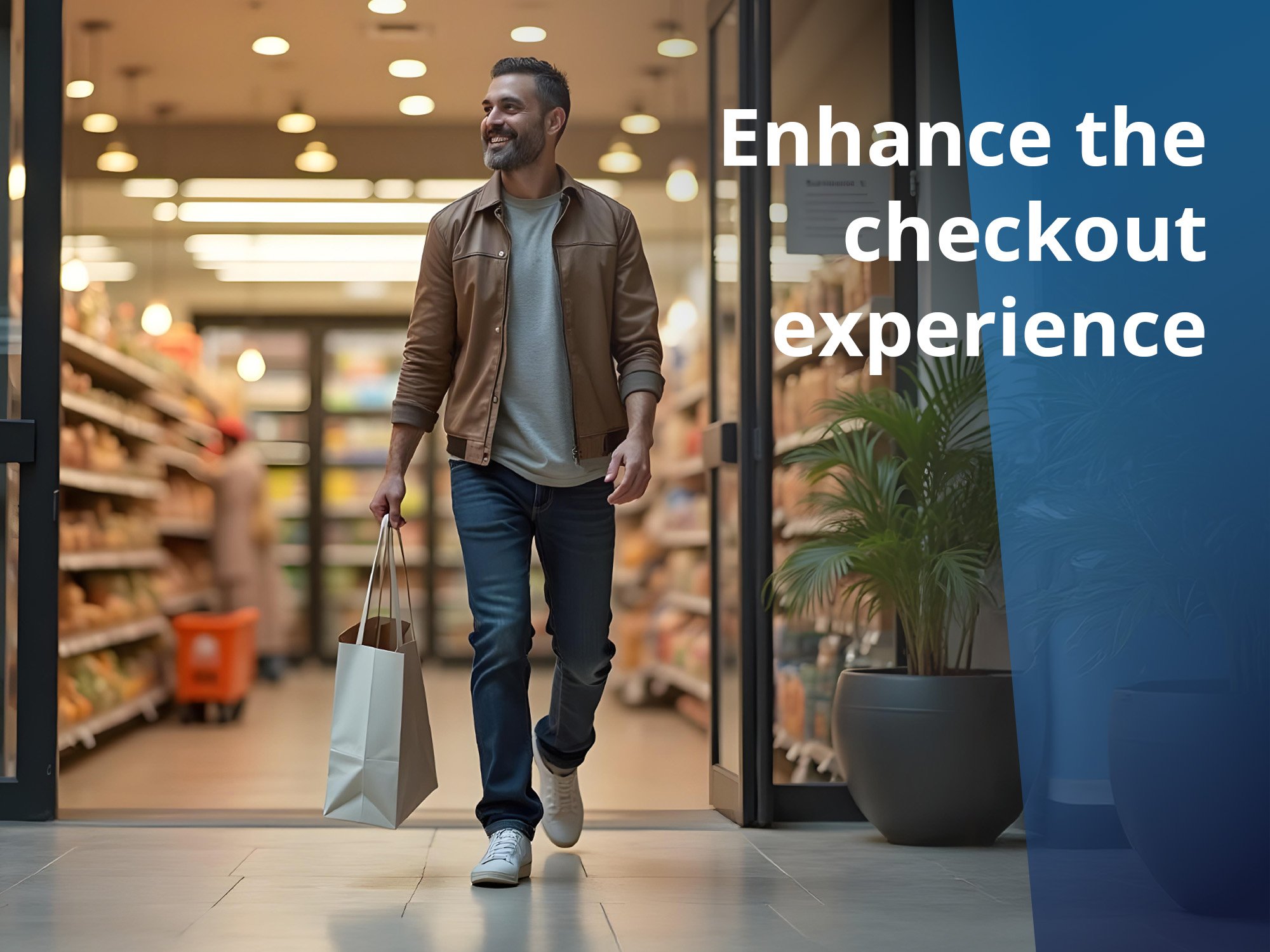
Enhance the checkout experience with self-scanning
The checkout experience plays a critical role in shaping a shopper's overall satisfaction. Discover how self-scanning can transform the way your customers shop and elevate their experience here!

Overcoming Challenges: Common Technological Barriers to a Great Self-Service Experience
Self-scanning is easy and convenient—when done right! However, introducing it to new markets or inexperienced shoppers can be challenging. Discover the common obstacles and how to overcome them here!

How to find the perfect combination of self-scanning hardware and software
The amount of self-scanning solutions on the market is steadily increasing – and so is the available hardware! So how can retailers ensure that their retail tech investment is both user-friendly and cost-effective? Let’s dive into the topic here!

Time for an Upgrade? Discover the Benefits of Switching to the New Zebra PS30
When Zebra announced their new PS30 series earlier this year, many retailers were excited to enter the next stage of self-service retail. But which benefits does Zebra PS30 provide compared to its predecessor? Learn more here!

Bridging the gap: Merging the digital and physical shopping experience
Bridging the gap between digital and in-store experiences is essential for retailers aiming to meet the expectations of today’s tech-savvy consumers. Here are some suggestions on how retailers effectively can connect these two worlds!
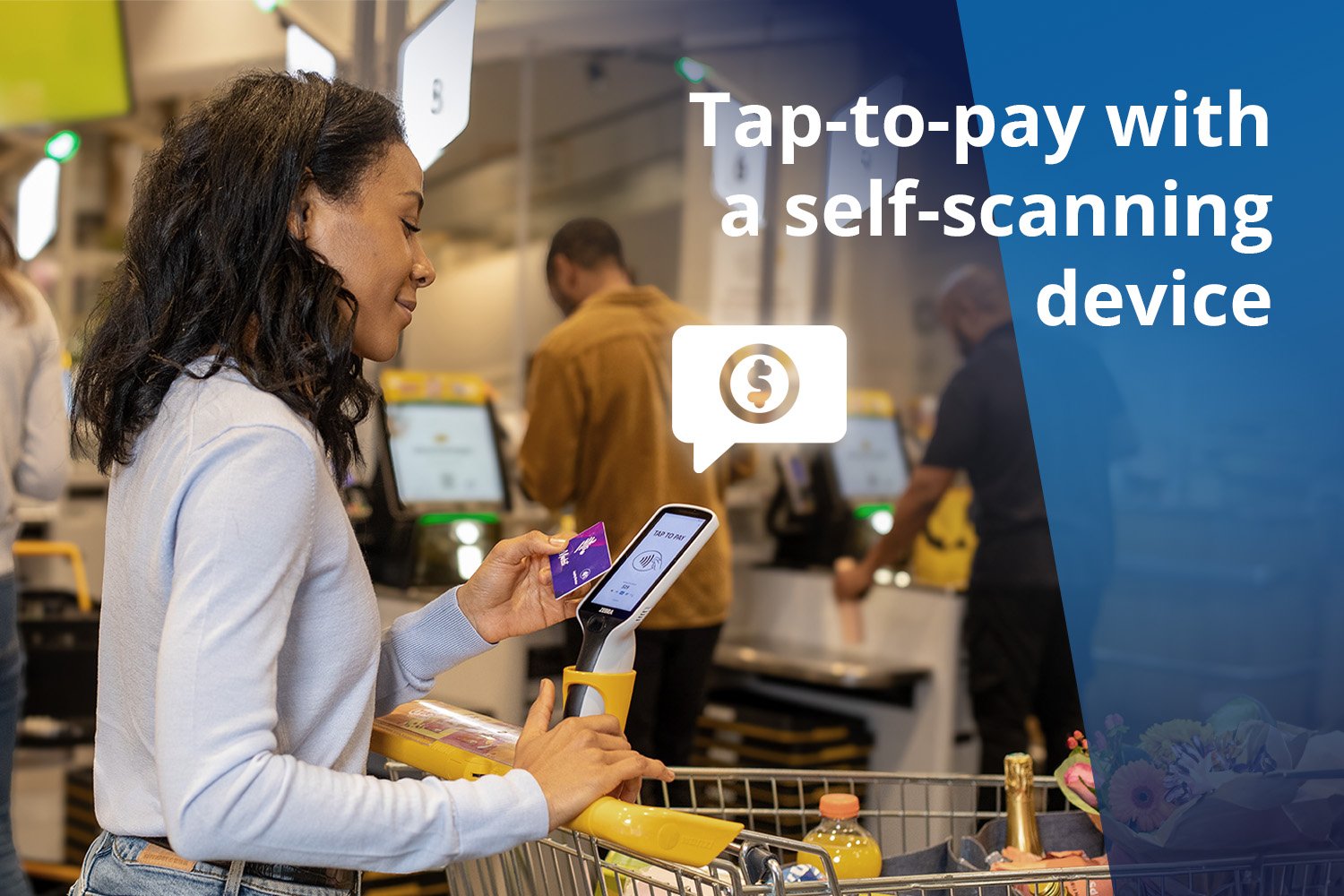
The next level of self-scanning: Instant payment using NFC
The popularity of self-scanning is steadily increasing, and with that comes more features making the shopping experience even better for the shoppers. One of the latest features is the ability to pay directly through NFC. No external payment tower or checkout area is needed – learn more about the feature here!
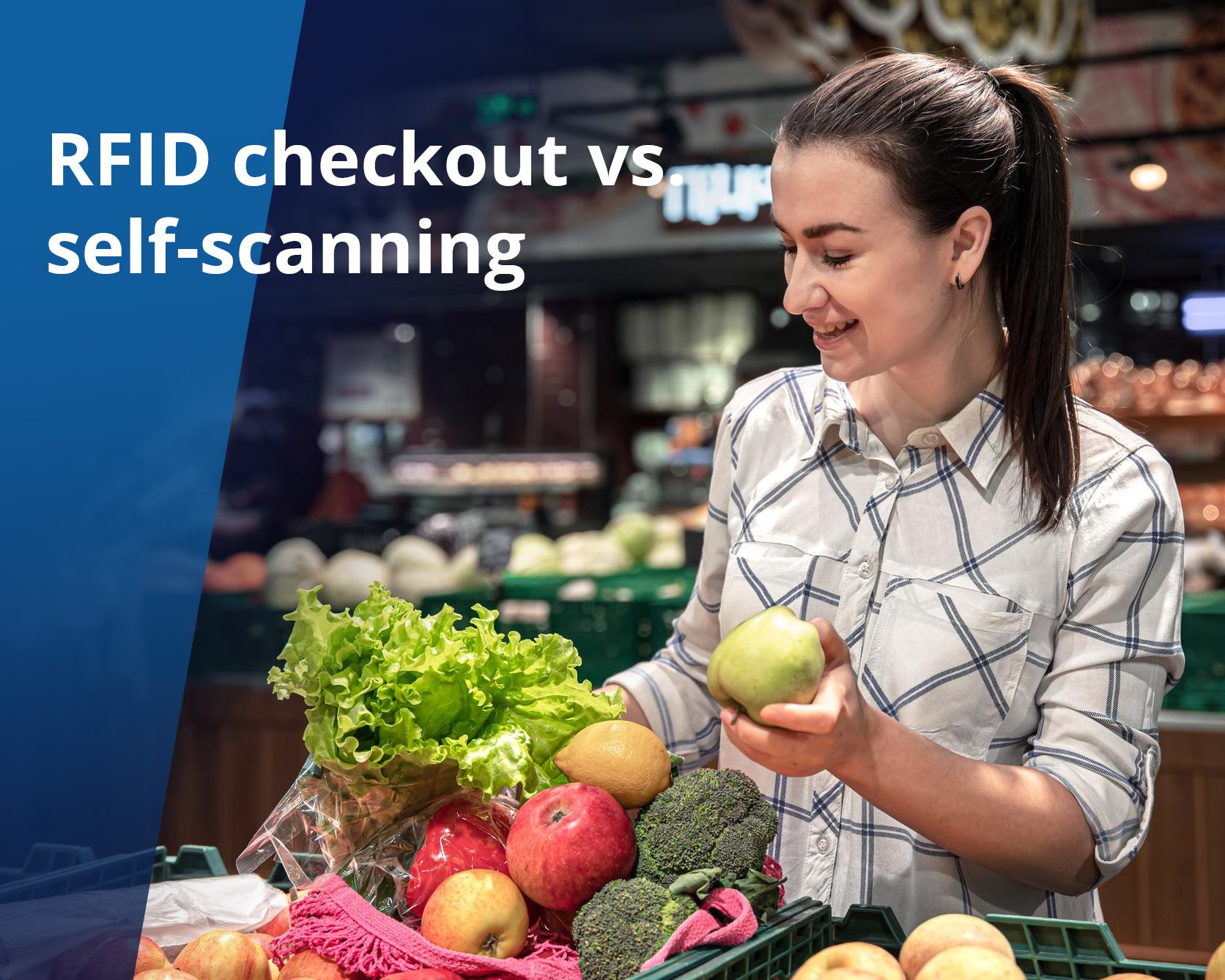
RFID checkout vs. self-scanning: The future of self-service technology
Within the realm of self-service technologies, self-checkout using RFID and self-scanning are two of the most popular ones – but which one is the best? Let’s dive into these two types of self-checkout solutions here!
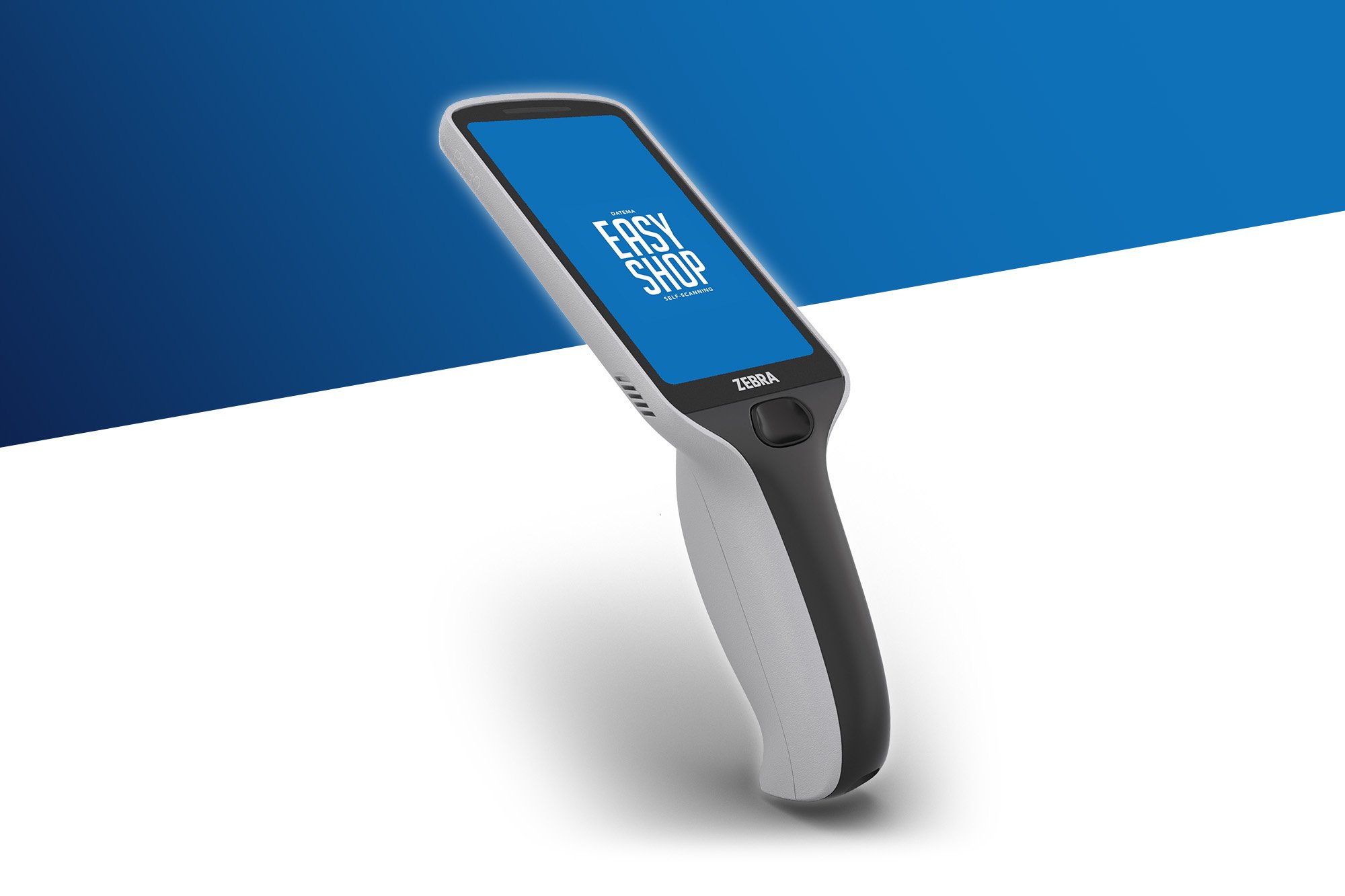
Zebra PS30: Enhancing the self-scanning experience
This January, Zebra Technologies announced their next generation of self-scanning devices: The PS30 Personal Shopper Series.
But what is new with this device, and how does it compare with its predecessor? Moreover, how will the PS30 make shopping better for the end-users? Learn all about the Zebra PS30 here!

Mastering self-scanning: Encouraging continued adoption and satisfaction
Self-scanning has been a game-changer for both shoppers and retailers. The benefits are many, however some retailers are unsure about how to get their customers to use the self-scanning feature continuously. What factors impacts the shoppers’ decision to keep self-scanning? Learn more about it here!
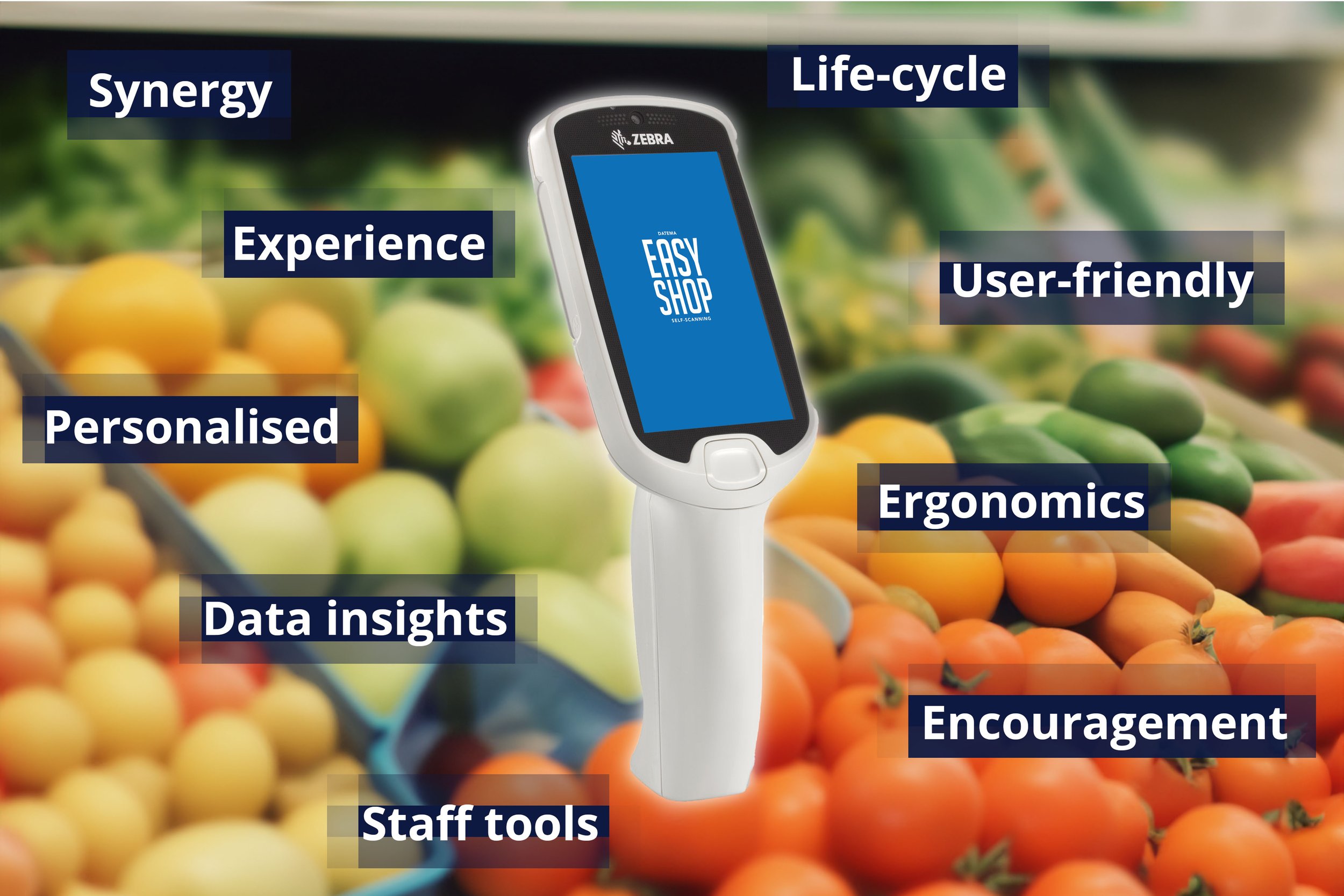
High-quality self-scanning software and hardware: Why you need both
There are many self-scanning alternatives available on the market - both in terms of hardware and software. However, retailers should choose wisely when deciding upon which devices and software to use - in order to maximize the shopping experience. Learn more here!

Are retailer-owned devices still needed?
As our society moves towards using smartphones for everything, some are asking: Are retail-owned devices for self-scanning a thing of the past? Or are there benefits that makes this type of hardware withstand the test of time? Learn more here!

Self-scanning feature: Age verification
Some items may be prohibited to sell to individuals below a certain age, for various reasons. It is thereby important that there are some security features in place – also when using self-scanning. Learn more about the age verification feature connected to self-scanning here!
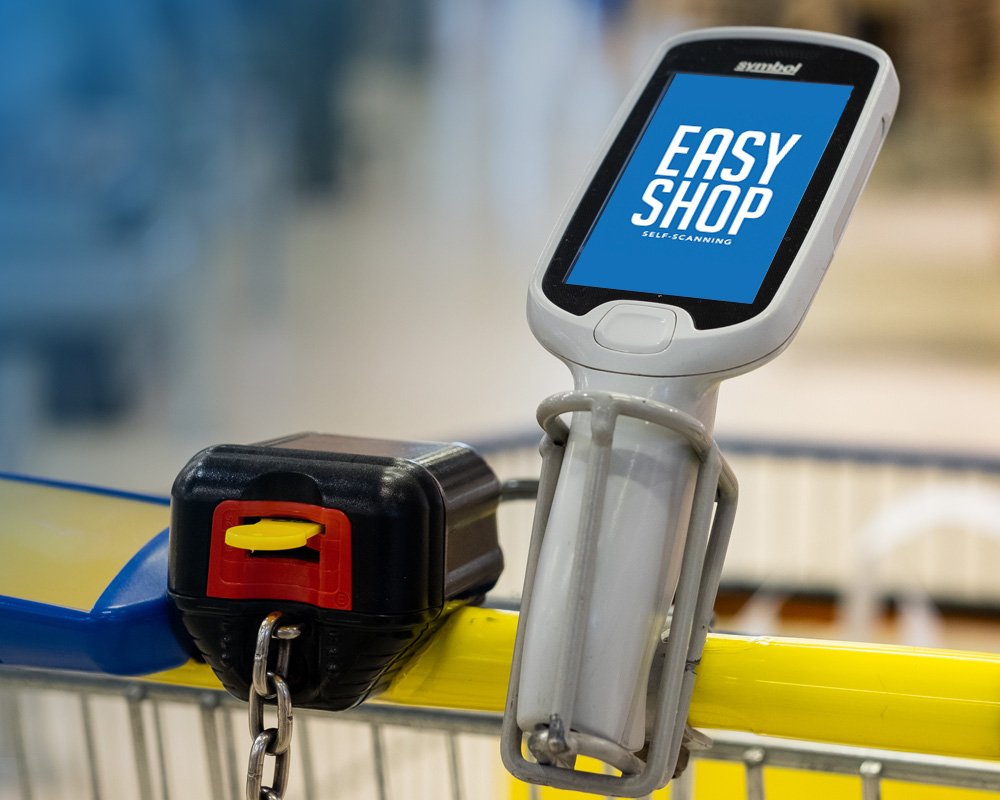
7 tips for a smooth and easy self-scanning experience
Implementing self-scanning is a great way to enhance your customers’ shopping experience. Nevertheless, there are some factors that can make their experience even better. Discover our insights about how to create a smooth and easy self-scanning check-out here!

A brief history of self-scanning
The handheld self-scanners have come a long way. Nowadays, the use of touch-sceen technology and seamless wifi-connection has opened for a range of possibilities – but how did it start? Learn about the self-scanning history here!

Self-scanning – not only for grocery stores?
As self-scanning has grown in popularity during, most consumers are not surprised to encounter this type of retail technology when visiting their favourite grocery store. While it is a good way to improve the weekly (or daily) grocery shopping experience, self-scanning has proved to be useful in other retail settings as well. Learn more about self-scanning in other stores here!
